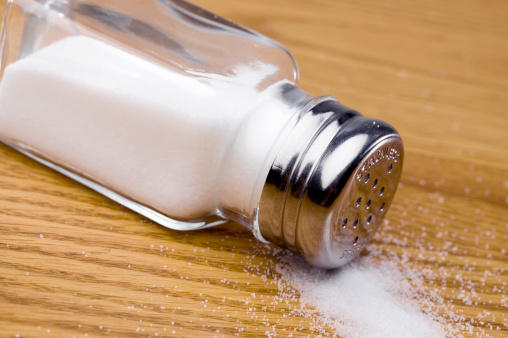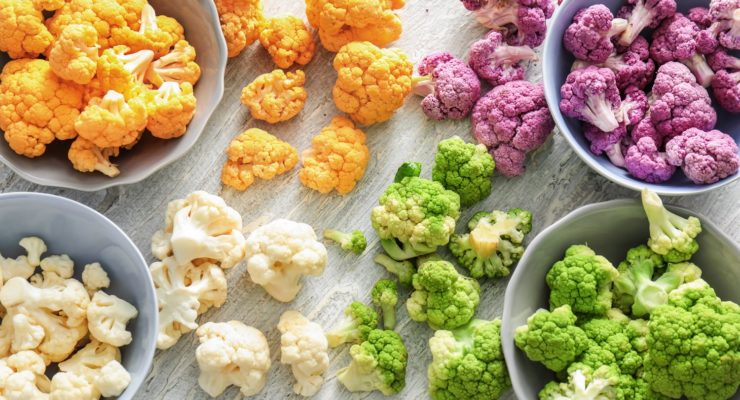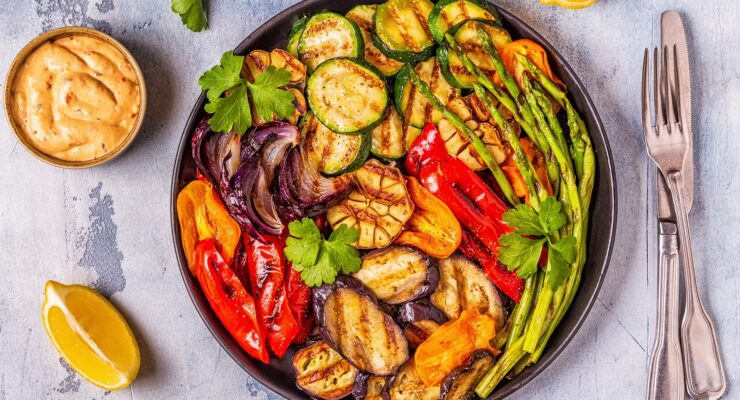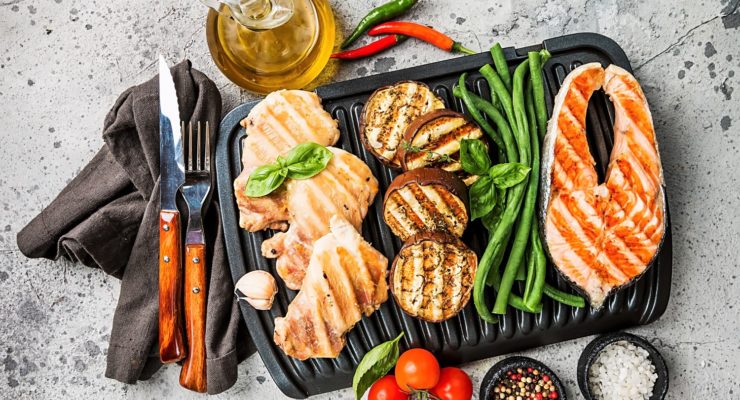Sodium, Potassium and What They Mean for Your Heart
Article posted in: Diet & Nutrition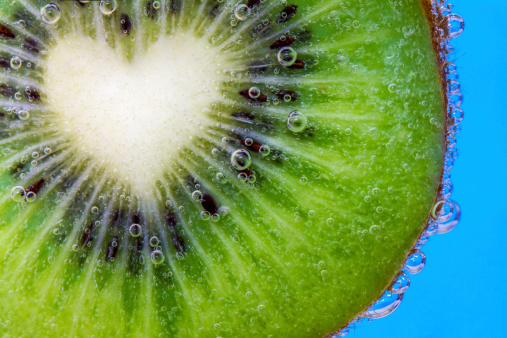
Sodium and potassium are like a matched set of nutrients, working in tandem to keep our bodies functioning properly. Together, they are especially critical to maintaining healthy hearts. As you probably know, sodium causes your body to retain water, which puts more pressure on the walls of your blood vessels, leading to the condition known as hypertension. Potassium actively draws sodium out of your body, helping to reduce the volume of fluids within blood vessels and easing the pressure on their walls.
That’s why maintaining a balance of sodium and potassium is so important to your health. As a recent article in the Journal of the American Medical Association reported, “individuals with high sodium or lower potassium intakes have increased risk for elevated blood pressure and hypertension, which are associated with increased risk for cardiovascular diseases.”
Now here’s where the balance tips: 99 percent of U.S. adults consume more sodium daily than the 1,500 milligrams recommended by the American Heart Associations and 91 percent consume more than the RDA of 2,300 milligrams of salt, according to a survey by the Centers for Disease Control.
In addition to consuming too much salt, “Dietary surveys consistently show that people in the United States consume less potassium than recommended,” says the National Institutes of Health Office of Dietary Supplements. This is the reason why the 2015–2020 Dietary Guidelines for Americans considers potassium a “nutrient of public health concern”. The adequate intake (AI) for adult women is 2,600 milligrams per day and for adult men is 3,400 milligrams per day. People with inflammatory bowel diseases and those who take certain medications (such as diuretics) are even more prone to potassium deficiencies.
That means just about all of us need to cut down on the salt and bump up our potassium intake. These five small changes to your daily diet will add up to a big difference in your sodium-potassium balance.
1. Fill Up on Fresh Produce
Fresh vegetables and fruit are naturally low in salt. Fill up your shopping cart with your favorite non-starchy veggies, such as broccoli, cauliflower, spinach and tomatoes. On Nutrisystem, we recommend at least four servings of non-starchy vegetables each day, so be sure to grab some extras! You should also get some fresh fruit so that you always have a healthy sweet treat on hand. Fruits are considered SmartCarbs on Nutrisystem.
2. Find the Right Meal Plan
To ensure you are staying within the recommended sodium guidelines, consider a meal plan that does all the work for you. With Nutrisystem, you can easily cut your sodium intake by 50%. All of our programs are designed to align with the USDA’s recommended daily intake of 2,300 mg of sodium or less for the general adult population (Dietary Guidelines for Americans, 2020 – 2025). The actual sodium level may vary based on which weight loss program you choose and which grocery food items you add to your plan. If you would like to reduce your sodium intake, please contact your health care provider to determine if an adjusted meal plan is required. You can choose ‘Lower Sodium’ from our ‘Filter By’ menu option when customizing your meal plan.
3. Pick Low or No Sodium
Look for the reduced or sodium-free versions of grocery additions that you normally buy, such as canned beans and veggies. These have at least 25 percent less salt per serving than the standard type.
4. Go Orange
You may have heard that bananas are a great way to get more potassium—they are—but sweet potatoes, butternut squash, cantaloupe and apricots are even richer sources of the nutrient. Brighten up your plate with the brilliant orange color of these foods and you dramatically increase your potassium intake. They all counts as SmartCarbs on your Nutrisystem plan.
5. Substitute for Salt
Flavoring your food with the salt shaker is an unhealthy habit. A better choice is one of the many salt substitutes available today. They’re not only sodium-free, they’re high in potassium. That’s a sodium-potassium connection we can all benefit from.

